Embedded development refers to development under the embedded operating system. Commonly used systems include WinCE, ucos, vxworks, linux, android. In addition, using c, c++ or assembly development; with advanced processors, arm7, arm9, arm11, powerpc, mips, mipsel, etc., or with the operating system also belongs to the embedded development. 1, embedded application development, should be what you said embedded development, that is, c++ or android proficient in an object-oriented language. 2, embedded kernel transplantation, the underlying driver development, will understand some of the digital circuit, can write some simple assembly language, proficient in c language, understand the basic architecture of the arm, the Linux kernel knows the deeper the better, will write drivers. 3, embedded hardware development, that is, the chip's peripheral circuit design Embedded system refers to a dedicated computer system that is centered on applications and based on computer technology. The software and hardware can be tailored to meet the strict requirements of the application system for functions, reliability, cost, volume, and power consumption. For example, the distribution control system and the factory assembly line, which are as large as oil fields, are as small as home VCDs or mobile phones, and even keyboards, mice, hard disks, and modems that make up common PC terminal devices are controlled by embedded processors. Embedded systems are undoubtedly one of the hottest and most promising IT application areas. Embedded systems are used on specific specialized devices. Usually the hardware resources (such as processors, memory, etc.) of these devices are very limited, and they are sensitive to cost, sometimes requiring high real-time response. Especially with the intelligentization of consumer appliances, embedded is even more important. Like our mobile phone, PDA, electronic dictionary, video phone, VCD/DVD/MP3 Player, digital camera (DC), digital video camera (DV), U-Disk, Set Top Box, HDTV HDTV), game consoles, smart toys, switches, routers, numerical control devices or meters, automotive electronics, home appliance control systems, medical instruments, aerospace equipment, etc. are all typical embedded systems. C++ is an inheritance of C language. It can not only perform procedural programming of C language, but also can perform object-based programming with abstract data types, and can also implement object-oriented programs featuring inheritance and polymorphism. design. C + + is good at object-oriented programming, but also can be based on the process of programming, so C + + to adapt to the scale of the problem, the size of it. C++ not only possesses the practical characteristics of efficient computer operation, but also devotes itself to improving the programming quality of large-scale programs and problem description capabilities of programming languages. Programs in C++ are compiled because of their high performance. But its development environment, in order to facilitate the test, will make the debugging environment interpreted. That is, during the development process, debugging is performed in an interpreted one-by-one statement execution manner, and the final execution code of the program is generated in a compiled and run-away manner from the development environment. A build program is a process of converting source code (C++ statements) into a runnable application. If the program is written correctly, then usually only one function key is pressed to complete the process. This process is actually divided into two steps. The first step is to compile the program, which requires the use of a compiler. The compiler translates C++ statements into machine code (also known as object code); if this step is successful, the next step is to link the program, which requires the use of a linker. The linker combines the compiled machine code with the code in the C++ library. The C++ library contains functions that perform some common tasks ("functions" are alternatives to subroutines). For example, a C++ library contains the standard square root function sqrt, so you don't have to calculate the square root yourself. The C++ library also contains subroutines that send data to the monitor and know how to read and write data files on the hard disk. 1, support for data encapsulation and data hiding In C++, classes are tools that support data encapsulation, and objects are data encapsulation implementations. C++ supports data encapsulation and data hiding by establishing user-defined classes. In object-oriented programming, data and the functions that legally manipulate the data are encapsulated together as a class definition. The object is described as having a variable of a given class. The object of each given class contains a number of private members, public members, and protected members specified by this class. Once a well-defined class is created, it can be seen as a fully encapsulated entity that can be used as a unitary unit. The actual internal workings of a class are hidden. Users of well-defined classes do not need to know how the class works, as long as they know how to use it. 2, support for inheritance and reuse The new types can be declared on the basis of existing C++ classes. This is the idea of ​​inheritance and reuse. Through inheritance and reuse, you can more effectively organize program structures, clarify relationships between classes, and make full use of existing classes to accomplish more complex and in-depth development. The newly defined class is a subclass and becomes a derived class. It can inherit all non-private properties and methods from its parent class as its own member. 3, support polymorphism Polymorphisms were used to assign performance behaviors to each class. Polymorphism forms a tree structure consisting of parent classes and their subclasses. Each subclass in this tree can receive one or more messages with the same name. When a message is received by an object of a class in this tree, this object dynamically determines some usage of the message given to the child object. This feature of polymorphism allows the use of high-level abstractions. The combination of inheritance and polymorphism can easily generate a series of similar but unique objects. Due to inheritance, these objects share many similar features. Due to polymorphism, one object can have a unique expression, while another object has another expression. 1, scientific calculation In scientific computing, FORTRAN is one of the most used languages. However, C++ is also used in this field because of advanced numerical computing libraries, generic programming, and other advantages. 2, network software C++ has many mature libraries for network communication. The most representative one is the cross-platform, heavyweight ACE library. This library is arguably one of the most important achievements of the C++ language, in many important companies and departments. Even the military has applications. 3, operating system In this area, C language is the main programming language used. However, with its compatibility with C, C++ has also begun to have a place in the field of object-oriented nature. There is no comparability between embedded software and C++. One is big class and the other is language. The two are not comparable. Embedded development may also use c++ or other languages. Embedded mainly refers to the development of Linux, including the development of the Linux driver and application layer development. Now that there is android, android ndk development or transplantation is also gradually involved. But does not include the development of android app, that is a dedicated one. Part of the development of the linux is mainly c language, if it involves linux driver, you need to have the appropriate hardware knowledge. Both the driver development and application layer development require knowledge of the linux system. Android ndk is c or c++. In addition, the embedded language is mainly c, assembly, and bash scripts. C++ is a language that is developed in the win environment. Of course, it can also be used on embedded devices, but it can only do linux application layer or something more. Linux system and the bottom are c. C++ is used more often on pure software projects. Dongguan Guancheng Precision Plastic Manufacturing Co., Ltd. , https://www.dpowergo.com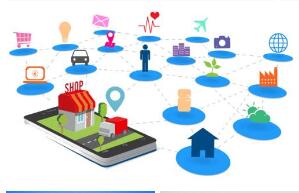
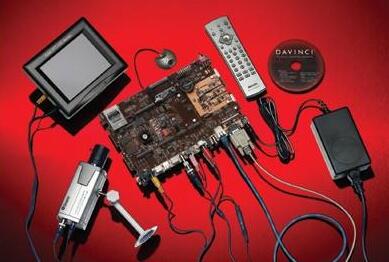
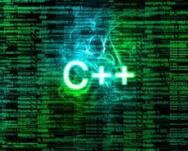
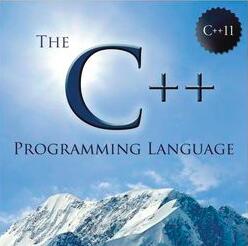
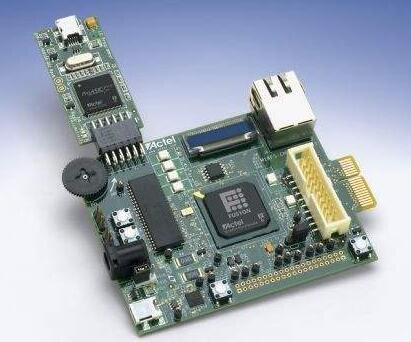
Embedded Development Introduction